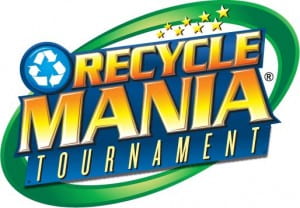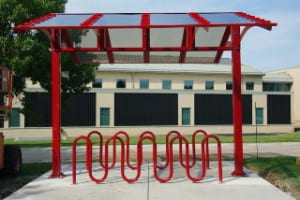UWGB is participating in three different types of categories in this year’s Recyclemania program. The Grand Champion category is based on the overall percentage of materials recycled on campus. The Per Capita Classic category looks at the materials recycled on campus based on our headcount to determine a pounds/person recycled. The last category we participate in is Waste Minimization, which looks at the total waste (both trash going to the landfill and materials collected for recycling) on a pounds/person basis.
The rankings in the table below show where, after Week 1, UWGB stands. The overall ranking shows our status among all the schools nationwide participating in that given category. The Wisconsin ranking shows our status among all the schools in Wisconsin that are participating in that given category.
Looks like we have room to improve in all categories! The best strategy is to consider what’s waste, what’s reusable in some manner, what’s not reusable but is recyclable (and recycle it appropriately!), and of course the ultimate, consider the purchase in the first place (no waste and no recycling to even think about!). And remember, with all the new hydration stations on campus, it’s easier than ever to eliminate the expense and waste of bottled water – just fill up your reusable water bottle – easy!
Week 2 results will be posted next Monday. Stay tuned for events happening the week of March 3rd, including an upcycling contest for textiles…
Week 1 Results (Feb. 3 – Feb. 9)
| Category | Grand Champion | Overall Rank | Wisc. Rank |
| Week 1 | 15.342% recycled | 179/208 | 6/6 |
| Category | Waste Min. | Overall Rank | Wisc. Rank |
| Week 1 | 5.655 lbs/person | 86/136 | 3/4 |
| Category | Per Capita Classic | Overall Rank | Wisc. Rank |
| Week 1 | .868 lbs/person | 179/208 | 8/9 |









